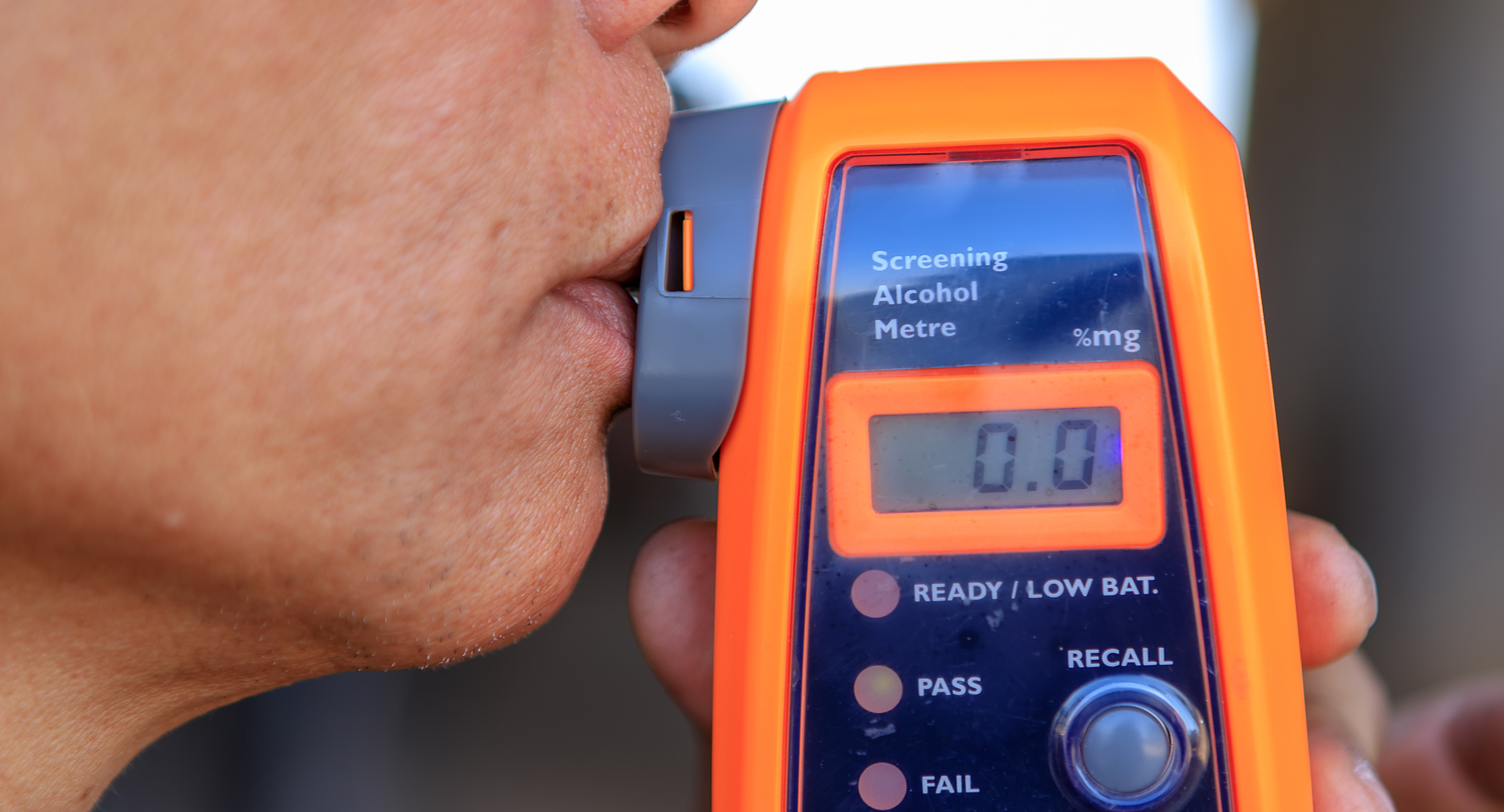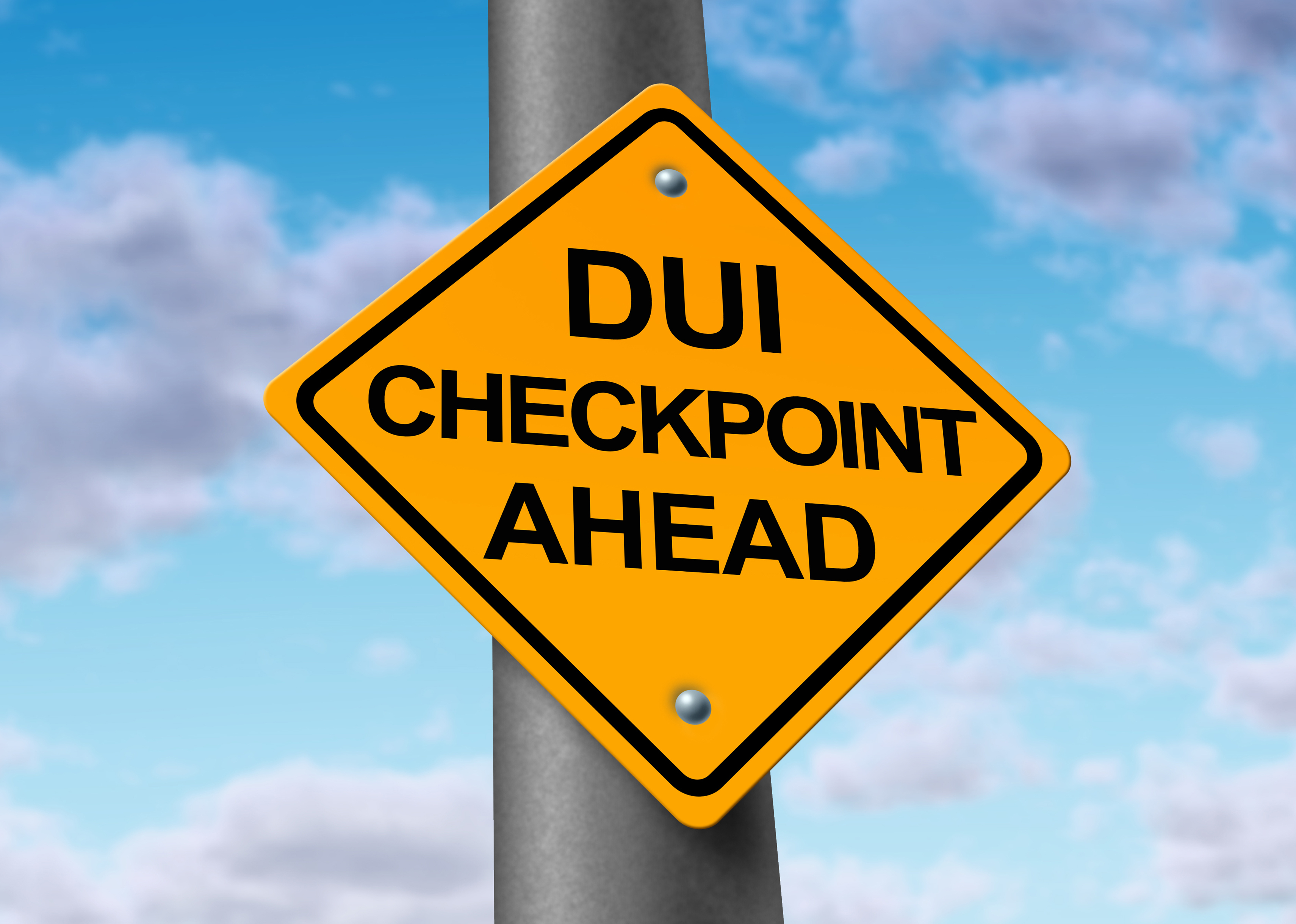After any DWI conviction in Texas, expect serious consequences. Outside of suspended driver’s licenses and administrative fees, you may also be required to install ignition interlock devices (IIDs) in your vehicle, which prevent drivers from taking the wheel if breathalyzers detect minimum alcohol concentration levels.
Keep reading to learn more about IID DUIs in Texas, including what IIDs are, how IIDs work, legal implications/requirements for DWI offenders, and strategies for satisfying all IID requirements in Texas.
What Is an IID?
An ignition interlock device (IID) is a vehicle-installed mechanism that requires drivers to breathe into it in order to start the engine. It measures a driver’s blood alcohol concentration (BAC). Any detected BAC below a designated limit (e.g., 0.02) will allow the vehicle to start. However, if the detected BAC is above a set limit (e.g., 0.04%+), then the car will not start.
How IIDs Work?
It is very easy to explain how IIDs work.
Installation. At this stage, a mechanic or certified technician installs the IID, pairing it with your vehicle’s ignition system and engine controls.
Breath Sample. Once the IID is installed, drivers will be prompted to turn on the ignition, activate a power-up sequence, and provide a breath sample. Advanced electrochemical sensors within the IID measure a driver’s blood alcohol concentration level by performing a quick chemical analysis with near instantaneous feedback.
It’s a highly involved process involving converting electrical currents to digital signals, which are recognized by the IID’s processor to return an actual blood alcohol concentration percentage.
Retests. Depending on the type of IID, drivers may be forced to conduct retesting at random intervals throughout their journey. Any retest requires the driver to produce a breath sample, ensuring the driver remains sober throughout their drive.
Recording, Maintenance, and Calibration. An IID allows for ongoing recording of breath test results with a complete engine start and violation log, which insurance companies and monitoring agencies can access to monitor your progress and adherence to court requirements.
Throughout the entire ordeal, drivers may also be required to show proof of IID program completion by attending scheduled appointments at body shops to ensure its working as needed.
Who Bears the Expense of the IID?
With IIDs, any individual convicted of driving under the influence (DUI) or driving while intoxicated (DWI) offenses would be responsible for all expenses related to set up, maintenance, and monitoring as ordered by a court.
Expenses may include one or more of a combination of installation, monthly calibration, monitoring, reporting, and removal fees.
The IID in Texas’ Ignition Interlock Law
According to the Texas A&M Transportation Institute, individuals convicted of a DWI offense with a blood concentration (BAC) of .15 g/dL or more may be required to install an IID in their vehicles for a specific duration before driving privileges are reinstated.
The court mandates the duration of IID monitoring based on the severity of the DWI offense and any applicable state laws. For first-time offenders, interlock devices may remain installed anytime from 90 days to one year, with subsequent offenders seeing longer durations from 6 months to two years.
During this period, past offenders will have restricted driving privileges, only allowed to operate in vehicles equipped with IIDs, agreeing not to tamper or circumvent it in any way.
Once the period ends, any IID technician authorized by the court or agency overseeing the program can remove the device.
When Is the Use of IID Required in Texas?
In Texas, IID use is required under the following circumstances:
- First-time DWI offense with a BAC of 0.15 or more
- Repeat DWI convictions within a short time frame
- DWI with a child passenger in the vehicle
- DWI leading to assault or manslaughter
- As a condition for probation caused by DWI offenses
Note that your jurisdiction has total authority over the use of IID based on the circumstances of your DWI case.
Mandated Ignition Interlock Device Requirements for DWI Convicts
Here’s a list of the ignition interlock requirements for DUI convictions in Texas:
- First-time DWI offenses with blood alcohol concentration (BAC) of .15 g/dL or less are not required to install an IID with the option of a hard license suspension
- First-time DWI offenses with blood alcohol concentration (BAC) of .15 g/dL or greater must have an IID installed for a minimum of 90 days (minimum of 180 days for second-time DWI offenders)
- For first-time DWI offenders, courts issue an order to the Texas Department of Public Safety, authorizing them to cancel their regular license (effective 30 days from the date notices are sent)
- Drivers must have an IID installed by a Department of Public Safety-certified installer 30 days from the date the regular license cancellation notice is sent.
- Once the IID is installed, drivers must reach out to the Department of Public Safety and apply for a restricted interlock license, paying all the necessary fees (up to $80 a month to monitor and calibrate the device)
What is Ignition Interlock License (IIL)?
An ignition interlock license (IIL) is a restricted driver’s license that allows individuals with Driving While Intoxicated (DWI) or Driving Under the Influence (DUI) offenses to drive with an IID installed in their vehicle.
It’s required for first-time or subsequent DWI offenders mandated by courts to install one. For the engine to start, drivers must pass the breathalyzer test, achieving a blood alcohol concentration (BAC) of 15 g/dL or lower.
To obtain one, you must be ordered by a court to have an IID installed. Once judgment is obtained, convicted drivers must apply for an IIL from the appropriate state agency, providing supporting documentation such as proof of conviction, court orders, and other paperwork.
At this point, you’ll be required to pay several fees, including but not limited to application, insulation, and ongoing monitoring.
How Do You Install an Ignition Interlock Device (IID)?
Any installation of an IID needs to be performed by a certified service provider.
Once you’ve secured a court order mandating the use of an IID, the state will provide a list of authorized IID service providers agreeing to adhere and comply with all state regulations.
Upon selecting an authorized service provider, the next step involves scheduling an appointment. During this stage, you may need to provide additional information, including your case number, court order, vehicle make, model, and registration details.
After choosing an authorized service provider, the next step is to schedule an appointment. At this stage, you may be asked to provide additional information, such as your case number, court order, vehicle make, model, and registration information.
Once your authorized service provider installs your IID, they will optimize its connectivity to your vehicle’s ignition/wiring, provide a breath sample if needed, and perform any necessary calibrations for the machine to read your BAC accurately.
From there, they should also provide training on how to perform a breathalyzer test, taking subsequent retests (often within the same journey), and monitoring your breathalyzer data over time. This training also includes reporting obligations and quick maintenance tips to collect as much accurate data as possible.
If your court order has required you to install and use an IID for a year, expect to comply with any reporting procedures (e.g., data log submissions) throughout that time frame. Any efforts to tamper with or doctor the data may result in additional driving privilege restrictions and fees/penalties.
Can Drivers Circumvent an IID?
No, drivers cannot circumvent an IID under any circumstances.
Drivers who are caught attempting to circumvent an IID can face additional legal charges, penalties, and possible extension of IID requirements past the initial duration. On top of that, you should also expect your driver’s license and registration to be suspended or outright revoked, along with increased scrutiny by law enforcement and court judges.
Circumventing an IID can also violate the terms of your probation or parole.
The Best Strategies for Securing Help with IIDs Following a DWI in Texas
Following a DWI conviction in Texas, here are three strategies for securing help with IIDs:
Find The Right Lawyer. One of the most important steps following a DWI conviction in Texas is to find a knowledgeable and experienced attorney specializing in these types of cases. They can work with you to refine a strategy to address all IID requirements with ongoing education on installation, legal consequences, and how to best satisfy any conditions mandated by the courts.
Compare IID Service Providers. Be sure to get a list of referrals from the Department of Public Safety (DPS), court, or agency overseeing the IID program and contact a minimum of three. Like any other service provider, compare responsiveness, communication style, and pricing to find the one you would be most comfortable working with.
Comply With All Court Orders. Ensure you’re fully knowledgeable of all terms and conditions (including applicable state laws and insurance guidelines) to ensure you’ve satisfied all IID requirements.



